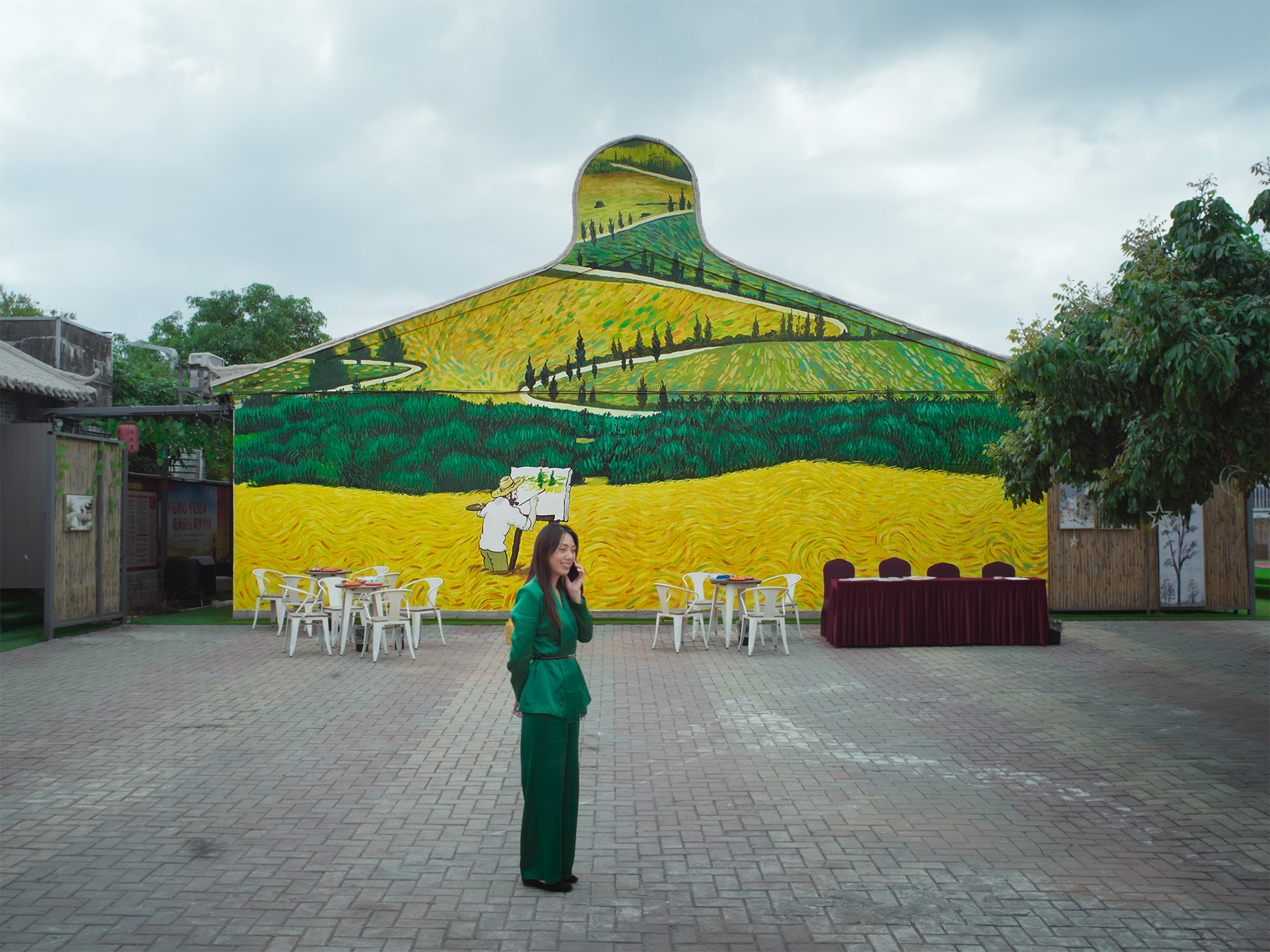Toward the end of his life, Goya created the now-famous works that would come to be known as his Black Paintings (c. 1820–23) — 14 murals depicting supremely disquieting imagery painted on the walls of his villa outside Madrid. That dark house with its creepy masterpieces, where the great artist convalesced in isolation, is recreated in the short documentary La Quinta del Sordo (2022). The film, directed by Philippe Parreno, consists of close-ups of the Black Paintings so extreme as to be discomfiting, alienating them from their stately homes in the Museo Nacional del Prado and drawing the viewer into Goya’s disturbed headspace. The film is about to make its United States premiere as part of the Museum of Modern Art’s esteemed Doc Fortnight festival, where it will be preceded and followed by live cello performances.
The movie is one of several in this year’s program addressing art and artists. The festival’s opening night selection, Stanley Nelson’s We Want the Funk! (2025), is a historical survey of the namesake genre’s roots and wide, lasting influence. Ephraim Asili narrows the focus with his short “Isis & Osiris” (2024), commissioned by the Hammer Museum as part of its Alice Coltrane exhibition, which reimagines her instrumentations for the harp. In the same Music of Sound shorts program, Lila Avilés’s “MÚSICAS” (2025) follows Mujeres del Viento Florido, a group of Indigenous woman musicians, on a tour across Mexico.
Another shorts program, Manifest, compiles films in which artists make direct statements about the relationship to the land. In “Night Fishing with Ancestors” (2023), the Indigenous Australian media collective Karrabing imagines a pre-European encounter between Aboriginal people and voyaging Indonesians, positing a different, less violent history than the one we have. In “Give it Back: Stage Theory” (2023), the performance ensemble New Red Order tells the story of Sugarloaf Mound, the only surviving Native American earth mound in St. Louis, through panoramic paintings from the late 1800s and early 1900s. Jarring music and intertitles explaining the history of settlers’ displacement and erasure of Indigenous people disrupt the beatific, Manifest Destiny-flavored iconography of these paintings. And Cauleen Smith presents three recent films in their intended form as a united trilogy for the first time. “The Volcano Manifesto” (2025) takes the form of a voiceover set atop a rapid-fire series of painterly images, delving into Smith’s fascination with monumental geological formations — caves, mines, and of course, volcanoes.
One of the festival’s more ambitious and conceptually complex projects attempts to filter national identity through the lens of a single iconic actor. Alexander Horwath’s essay/travelogue Henry Fonda for President (2024) journeys across the United States and through the country’s history, using only the titular actor’s many roles and films as cultural referents. The film interrogates the idea of the “All-American” movie star — a title Fonda embodied for many during his heyday, though his roles in films like The Grapes of Wrath (1940) often evinced ambivalence about supposedly universal American values.
Ideas around artmaking take center stage in a double feature of shorts. 2023’s 14 Paintings (a title that resonates with Goya’s series) visits the Chinese town of Dafen. Formerly the world capital of copycat paintings, it recently pivoted to mass-producing originals. Director Dongnan Chen interrogates the oxymoron at the core of that idea. Finally, in Debut, or, Objects of the Field of Debris as Currently Catalogued (2025), the case of art forger Ely Sakhai is a springboard for Julian Castronovo’s exploration of ideas around authenticity and artistic legitimacy. It’s a fitting synecdoche for the wider exploratory spirit of Doc Fortnight.


Doc Fortnight 2025 continues at the Museum of Modern Art (11 West 53rd Street, Midtown, Manhattan) through March 7.

